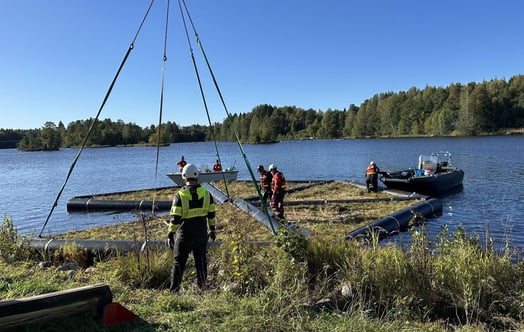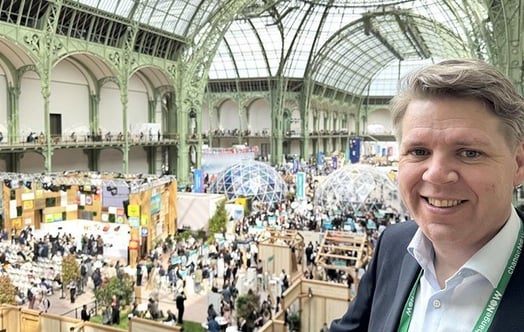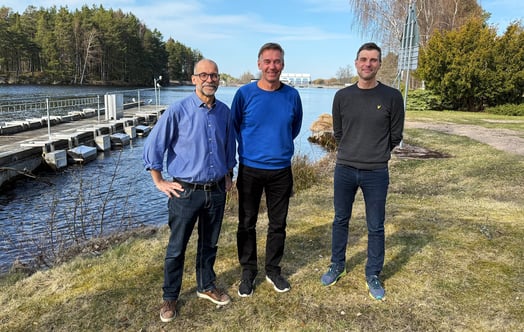
Press invitation: Welcome to the opening of HYBRIT’s hydrogen gas storage facility in Luleå
SSAB, LKAB and Vattenfall would like to invite you to the opening of HYBRIT’s pilot facility for fossil-free hydrogen gas storage in Svartöberget.
The inauguration of the storage facility takes place on June 14, the storage being the first of its kind in the world, built to store hydrogen gas in an enclosed cavern with LRC technology. The inauguration ceremony marks the start of the two-year, pilot-scale test period, which will run from 2022 to 2024.
Time: 14th June 2022 from 4:15 PM – 5:45 PM
Location: HYBRIT’s pilot hydrogen gas storage facility, Skeppargatan 17, Luleå, Sweden
Also participating: Minister for Energy and Digital Development Khashayar Farmanbar, and Andreas Regnell, Chairman of the Board of Hybrit Development AB (HDAB), SVP and Head of Strategic Development at Vattenfall, Martin Pei, EVP and Technical Director of SSAB, and Lars Ydreskog, Director of Strategic Projects at LKAB.
Interviews can be conducted immediately after the inauguration ceremony.
Journalists needs to register for the event before June 10 asa.backlin@hybrit.se
We wish you a warm welcome!
Contact:
Magnus Kryssare, Vattenfall, magnus.kryssare@vattenfall.com, +46 76,769 56 07
Hanna Hoikkala, SSAB, hanna.hoikkala@SSAB.com, +46 73,655 11 17
Anders Lindberg, LKAB, anders.lindberg@LKAB.com, +46 +72,717 83 55
LRC Technology
LRC stands for Lined Rock Cavern and, put simply, means gas is stored underground in a rock cavern where the walls are lined with a selected material as a sealing layer.
Hydrogen gas storage
Construction of a storage facility for fossil-free hydrogen gas in Luleå is another important step in the HYBRIT project. The hydrogen gas storage facility will play a very important role in the overall value chain for fossil-free iron and steel production. Storage provides the opportunity to vary demand for electricity and secure stable production in the direct reduction process, and stabilise the energy system by producing hydrogen when there's a lot of electricity, for example in windy conditions, and to use stored hydrogen gas when the electricity system is under strain.
The HYBRIT initiative
SSAB, LKAB and Vattenfall created HYBRIT, Hydrogen Breakthrough Ironmaking Technology, in 2016 to enable fossil-free iron and steel production. The HYBRIT technology replaces the blast furnace process, which uses coal and coke to remove oxygen from the iron ore, with a direct reduction process that uses fossil-free hydrogen gas. Instead of carbon dioxide, the by-product turns into normal water. In the summer of 2021, the three companies produced the world’s first hydrogen-reduced iron sponge on a pilot scale. The next step is to industrialise the technology, a stage that will begin with a sponge iron plant in Gällivare that will create the conditions for bringing fossil-free steel onto the market in 2026.
The initiative has the potential to reduce Sweden’s total carbon dioxide emissions by 10 percent. This is equivalent to a third of the emissions from industry and may in the future help reduce emissions from iron and steel production all over the world.



